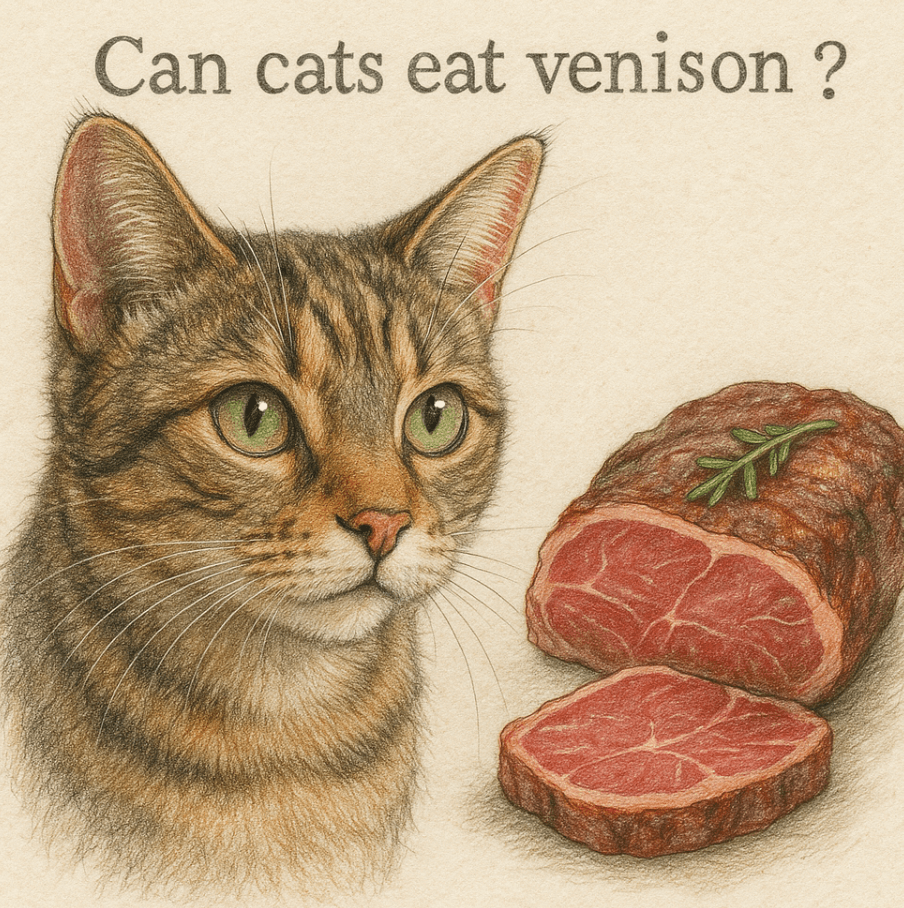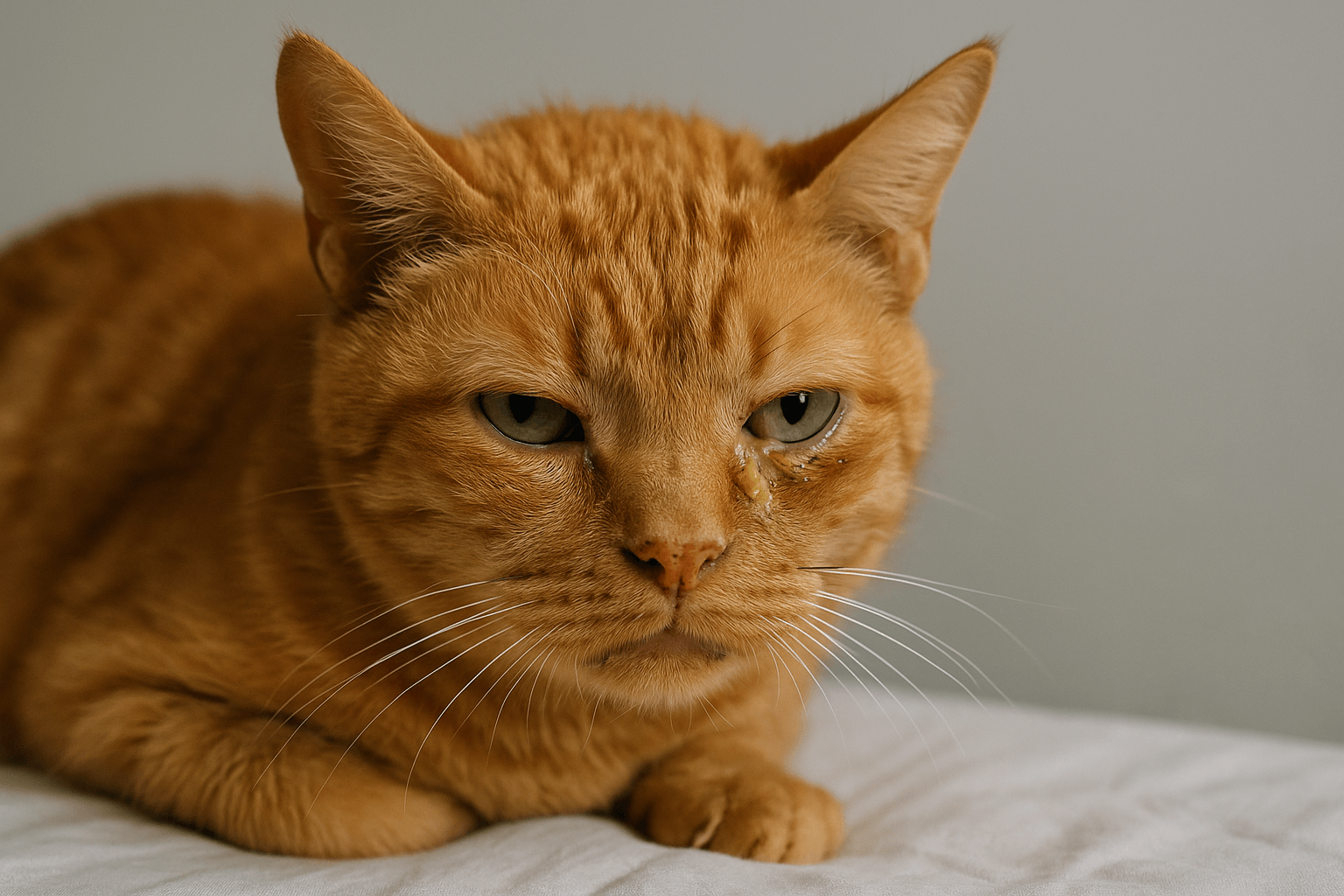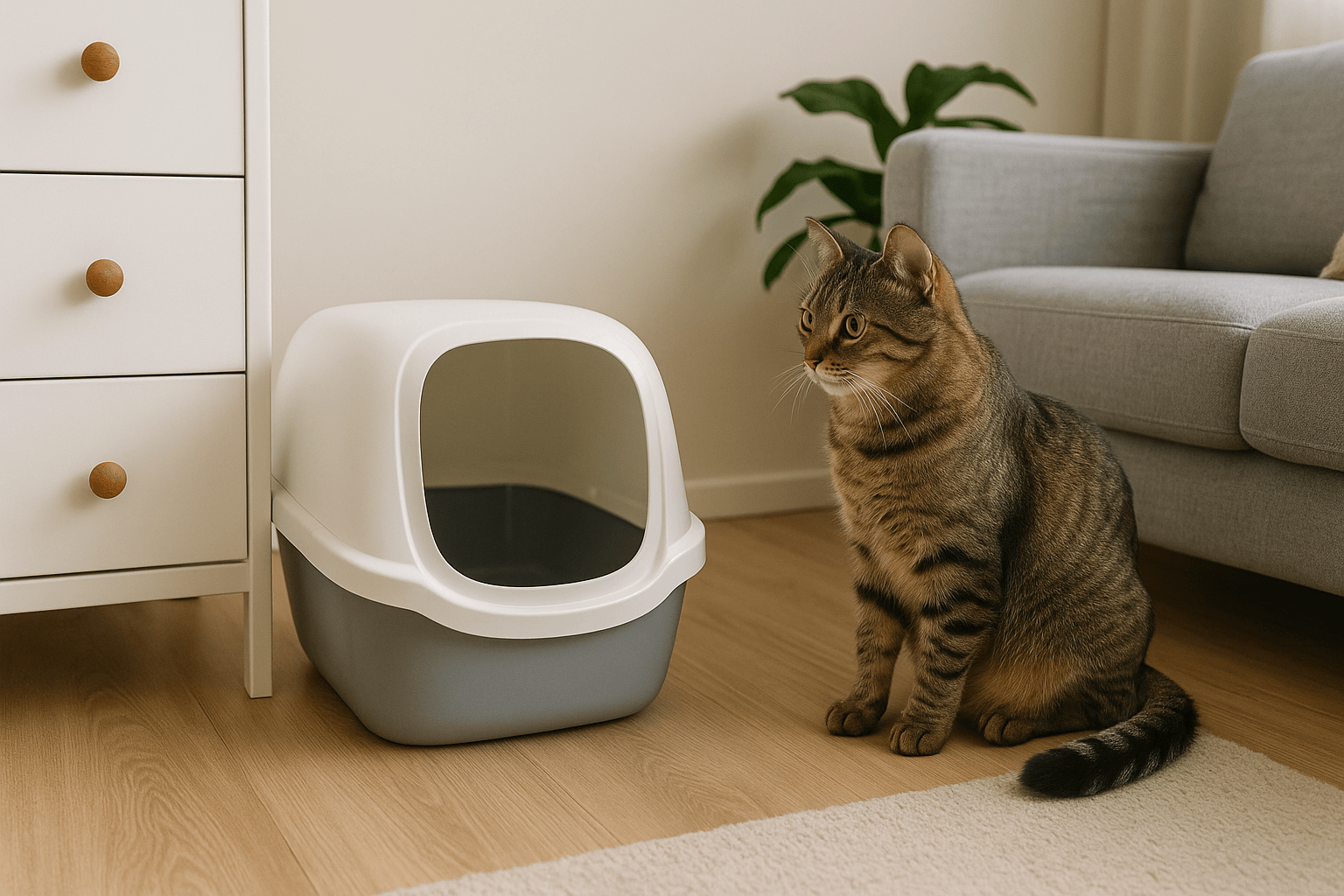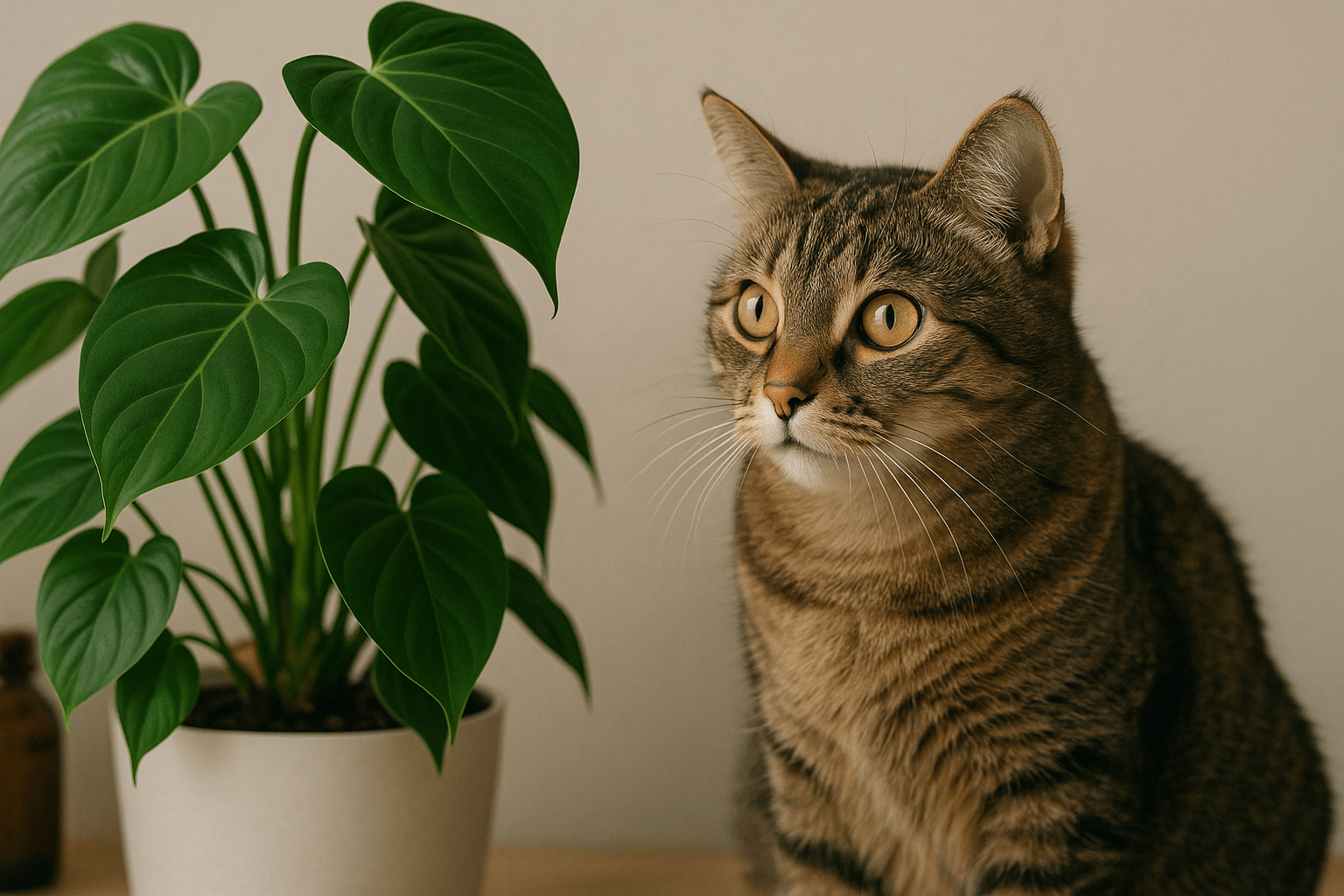Can Cats Eat Venison? A Nutritious Option for Your Feline Friend
When it comes to feeding our cats, variety and nutrition are key to ensuring they stay healthy and satisfied. While most cat owners stick to traditional proteins like chicken or fish, venison—an increasingly popular choice in the pet food world—offers a lean, nutrient-rich alternative. But can cats eat venison safely? The answer is yes, but with some important considerations. As obligate carnivores, cats thrive on high-quality animal proteins, and venison provides numerous health benefits when prepared correctly. In this blog post, we’ll explore everything you need to know about feeding venison to your cat, from its nutritional advantages to potential risks and tips for safe preparation.
Nutritional Benefits of Feeding Venison to Cats
Venison is not only a delicious protein source but also packed with essential nutrients that can support your cat’s overall health. Here are some of the key benefits of incorporating venison into their diet.
High-Quality Protein:
Venison is rich in lean protein, which is vital for muscle development, energy, and overall bodily functions.Low Fat Content:
Compared to other meats, venison is lower in fat, making it an excellent option for cats prone to weight gain or obesity.Rich in Essential Vitamins:
It contains vitamins like B12 and niacin, which support brain function, metabolism, and skin health.Packed with Minerals:
Venison is a great source of zinc, iron, and phosphorus, all of which contribute to strong bones, immune function, and oxygen transport.Hypoallergenic Properties:
Venison is considered a novel protein, meaning it’s less likely to trigger allergies in cats compared to common proteins like chicken or beef.
These nutritional benefits make venison a valuable addition to your cat’s diet, especially if they require a specialized or hypoallergenic meal plan.
Potential Risks of Feeding Venison to Cats
While venison offers many advantages, there are some risks to be aware of before introducing it to your cat’s diet. Understanding these concerns ensures you can feed venison safely.
Raw Meat Dangers:
Feeding raw venison carries the risk of bacterial contamination, such as Salmonella or E. coli, which can harm both cats and humans.Bone Hazards:
Cooked venison bones can splinter and cause choking or internal injuries, so they should never be given to cats.Seasoning and Additives:
Spices, salt, garlic, or onion used in human recipes can be toxic to cats and should always be avoided.Digestive Upset:
Sudden dietary changes or improperly prepared venison may lead to vomiting, diarrhea, or gastrointestinal distress.Allergic Reactions (Rare):
Although rare, some cats may still develop sensitivities to venison despite its hypoallergenic reputation.
By addressing these risks proactively, you can ensure your cat enjoys venison safely as part of their diet.
Check this guide 👉Can Cats Eat Baby Food? Best 7 Expert Tips!
Check this guide 👉Can Cats Eat Beef Jerky? Best 7 Expert Tips!
Check this guide 👉Can Cats Eat Chicken Feet? Best 7 Expert Tips!

Benefits of Feeding Venison to Cats | Risks of Feeding Venison to Cats |
|---|---|
High-quality, lean protein | Risk of bacterial contamination in raw meat |
Low in fat, ideal for weight management | Cooked bones can splinter and cause harm |
Rich in essential vitamins and minerals | Toxicity from seasoning or additives |
Hypoallergenic, suitable for sensitive cats | Potential digestive upset from sudden changes |
Supports muscle and immune health | Rare allergic reactions possible |
How to Safely Introduce Venison to Your Cat’s Diet
Introducing venison to your cat’s diet requires careful planning to avoid any adverse reactions. Follow these steps to ensure a smooth transition.
Consult Your Veterinarian:
Before making any dietary changes, seek advice from your vet, especially if your cat has existing health conditions.Start Small:
Begin by offering small portions of cooked venison as a treat or mixed with their regular food to monitor their reaction.Choose Plain, Unseasoned Venison:
Avoid adding spices, oils, or sauces that could irritate your cat’s digestive system or be toxic.Cook Thoroughly:
Always cook venison thoroughly to eliminate bacteria and parasites while avoiding harmful seasonings.Monitor for Allergies or Digestive Issues:
Watch for signs of discomfort, such as itching, vomiting, or diarrhea, and adjust accordingly.
By following these guidelines, you can safely incorporate venison into your cat’s meals without compromising their health.
Signs Your Cat May Not Tolerate Venison
Even with careful preparation, some cats may not tolerate venison well. Recognizing these signs early allows you to address any issues promptly.
Vomiting or Diarrhea:
These symptoms often indicate digestive upset caused by dietary changes or improper preparation.Excessive Scratching or Licking:
Persistent scratching or licking could signal an allergic reaction or skin irritation.Loss of Appetite:
If your cat refuses to eat after trying venison, it may not appeal to their taste preferences or could cause discomfort.Lethargy or Discomfort:
A sudden lack of energy or signs of pain might suggest an underlying issue related to the new food.Swelling or Breathing Difficulties:
Severe allergic reactions are rare but require immediate veterinary attention if swelling or difficulty breathing occurs.
Being vigilant about these signs helps you determine whether venison is a suitable option for your cat.
Common Mistakes to Avoid When Feeding Venison
Feeding venison to your cat requires attention to detail to avoid mistakes that could compromise their health. Here are some pitfalls to watch out for.
Feeding Raw Without Guidance:
Raw diets carry risks unless formulated and supervised by a veterinary nutritionist.Using Human Recipes:
Ingredients like garlic, onion, or heavy seasoning can be toxic to cats and should always be avoided.Overfeeding Venison:
While nutritious, venison should complement—not dominate—their diet to maintain balanced nutrition.Ignoring Portion Sizes:
Overfeeding any protein, including venison, can lead to weight gain and associated health problems.Skipping Veterinary Advice:
Failing to consult your vet before introducing venison can result in dietary imbalances or undetected allergies.
Avoiding these mistakes ensures your cat enjoys venison safely and benefits from its nutritional value.
Alternatives to Venison for Cats with Dietary Restrictions
If venison isn’t suitable for your cat or you’re looking for other novel proteins, several alternatives offer similar benefits.
Duck:
Duck is another hypoallergenic protein that’s rich in iron and amino acids, making it a great option for sensitive cats.Rabbit:
Rabbit is lean, easily digestible, and often used in limited-ingredient diets for cats with allergies.Turkey:
Turkey provides lean protein and essential nutrients, though it should be plain and unseasoned.Lamb:
Lamb is flavorful and nutrient-dense, though it’s slightly higher in fat than venison or rabbit.Fish (in Moderation):
Fish like salmon or sardines can be included occasionally for omega-3 fatty acids, but overfeeding can lead to thiamine deficiency.
These alternatives provide variety and cater to cats with specific dietary needs.
Tips for Transitioning to a Novel Protein Diet
Switching your cat to a novel protein like venison requires patience and care to prevent digestive upset. Here are some tips for a successful transition.
Gradual Mixing:
Slowly mix small amounts of venison with their current food, increasing the proportion over 7-10 days.Monitor Stool Consistency:
Pay attention to your cat’s stool to ensure they’re tolerating the new protein without digestive issues.Stick to Plain Preparations:
Keep the venison plain and free from seasonings or additives during the transition phase.Offer Hydration:
Ensure your cat stays hydrated, as dietary changes can sometimes lead to temporary dehydration.Be Patient with Picky Eaters:
Some cats may take time to warm up to new flavors; persistence and positive reinforcement can help.
A thoughtful approach to transitioning ensures your cat adapts smoothly to their new diet.
Frequently Asked Questions About Feeding Venison to Cats
Is venison safe for cats?
Yes, venison is safe for cats when properly prepared and introduced gradually into their diet.
Can I feed my cat raw venison?
Raw venison poses risks of bacterial contamination and should be avoided unless specifically recommended by a veterinarian.
How often can I feed my cat venison?
Venison can be an occasional treat or part of a balanced diet but shouldn’t replace their primary protein source entirely.
What should I avoid when preparing venison for my cat?
Avoid seasoning, cooking with bones, or using additives like garlic or onion, which are toxic to cats.
Can kittens eat venison?
Kittens have sensitive digestive systems, so consult your vet before introducing venison to ensure it’s appropriate for their age.
Feeding Venison to Your Cat: A Balanced Approach
Venison can be a nutritious and delicious addition to your cat’s diet, offering lean protein and essential nutrients that support their health. However, it’s crucial to introduce it carefully, ensuring it’s prepared safely and free from harmful additives. By understanding the benefits, risks, and proper preparation methods, you can provide your feline friend with a varied and wholesome diet that keeps them happy and thriving. Always prioritize your cat’s individual needs and consult your veterinarian to tailor their meals for optimal health.
Tabby Cat vs Tortoiseshell: Best 7 Expert Tips! Discover the differences in patterns, personalities, and care needs between tabby and tortoiseshell cats to find your perfect feline companion.
Understanding Trichomoniasis in Cats: Best 7 Expert Tips! Discover symptoms, treatment, and prevention strategies for this common feline parasite to keep your cat healthy and happy.
Where to Place a Cat Litter Box? Best 7 Expert Tips! Discover ideal spots, avoid common mistakes, and learn how to keep your cat happy with perfect litter box placement.
Are Philodendrons Toxic to Cats? Best 7 Expert Tips! Discover if philodendrons are safe for cats, symptoms of poisoning, and expert advice to keep your feline friend healthy around houseplants.




